...including dyslexia and dysgraphia.
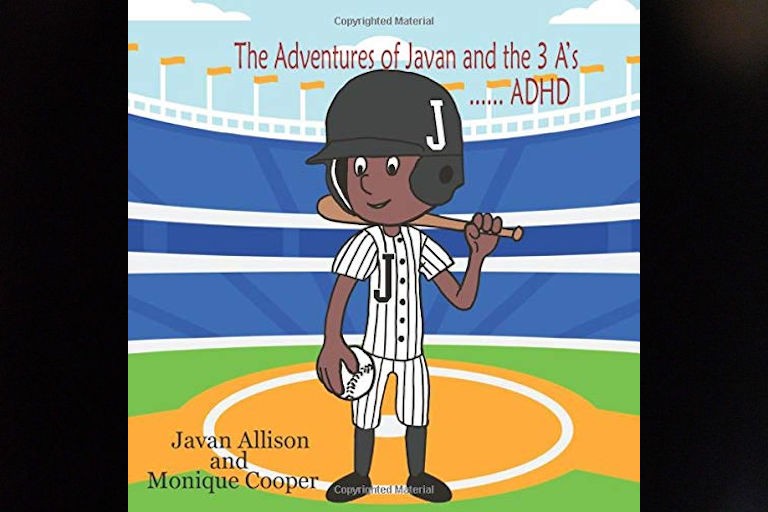
The Adventures of Javan and the 3 A's: ADHD
Javan Allison
Javan is having trouble concentrating both at school and at home. After being reprimanded by his father, teacher, and mother for daydreaming instead of paying attention, Javan’s mother explains to him that he has ADHD and describes ways that they can help him develop skills to cope with his lack of focus. Javan finds success using these new strategies. The story is a very relatable one and helps readers understand what’s going on in the mind of someone who has ADHD. The book’s production is less appealing. While the images are fun and bright, they make the characters seem oddly skewed in scale, and the text size changes depending on how much text is included on a given page. Part of The Adventures of Javan series, this book is recommended for the storyline.
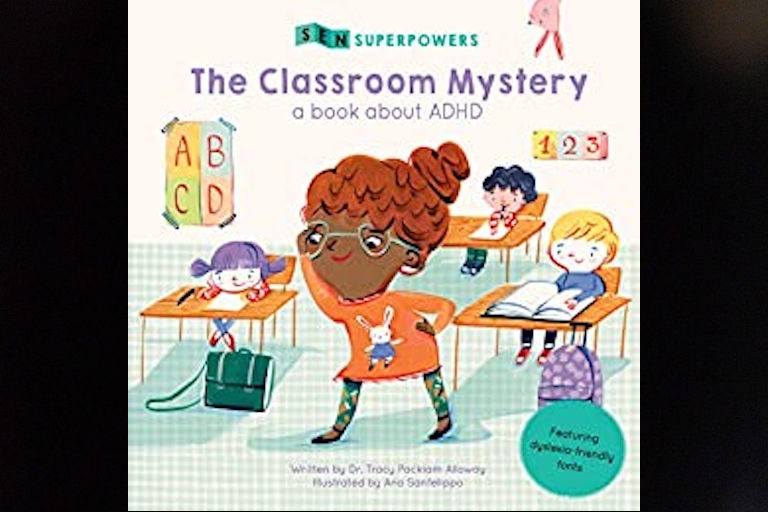
The Classroom Mystery: A Book about ADHD
Tracy Packiam Alloway
Snowball’s food bag is empty! Who could have taken the class rabbit’s food? Izzy, a busy and active thinker who is good at solving puzzles, is determined to find out. But, Izzy is so focused on her detective work, she can’t concentrate on her school work. Instead, she wriggles around, gets up from her seat, climbs atop her desk, and eventually leads the other children outside to investigate and look for clues. In the end, Izzy thinks through all the clues “really hard” and solves the mystery. This is a wonderful book designed to show how some children with ADHD (attention deficit hyperactivity disorder) can behave and think outside the box to process information. Recommended for parents and teachers to share with elementary age school children; endnotes offer discussion suggestions. The publisher has advertised this book as “dyslexia friendly” because of the easy-to-read sans serif type font used in the book’s design.
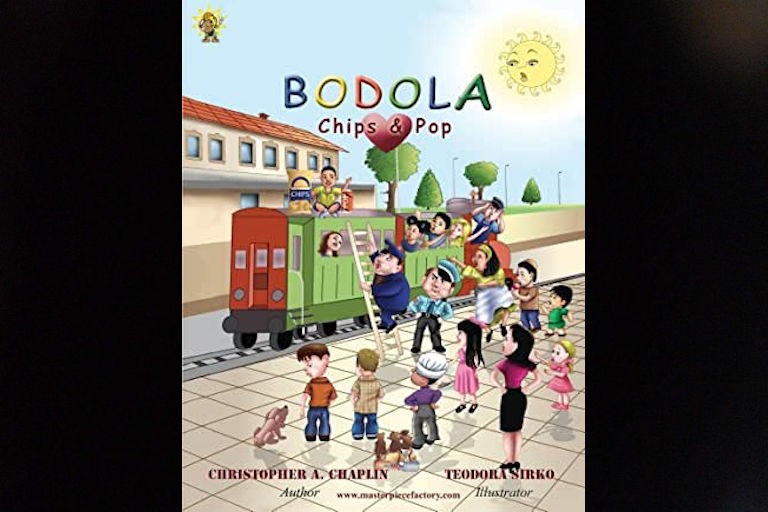
Bodola Loves Chips and Pop
CHRISTOPHER CHAPLIN
When Bodola asks his mother’s permission to go alone to the store and buy his favorite snack, chips and pop, his mother agrees because she wants him to learn responsibility and become independent. She worries, though, because Bodola tends to become distracted easily and may forget all about his mission. As predicted, along the way to the store, Bodola becomes so intrigued by all the new and interesting people and places he sees on his journey that he forgets all about promising to go the store and return home “forthwith.” His adventures lead him to ride a train and then a bus that takes him to the airport where he can watch airplanes take off. Fearing that he will become lost, Bodola’s mother follows the bus and the train in her car, hoping to catch up with her son. Finally, Bodola arrives at the airport store, where he finds his mother waiting patiently for him so they can buy chips and pop together and return home. Colorful, cartoon-like, computer-generated illustrations throughout the text show the presence of a wide variety of multicultural children and adults living in Bodola’s world. This book has been produced under the author’s own imprint, Masterpiecefactory Inc., and, as explained by the author (who is himself the parent of a child diagnosed with Attention Deficit Hyperactivity Disorder or ADHD), describes “the difficult decisions parents of children diagnosed with ADHD are forced to make as their busy and spontaneous mid-graders begin to manifest their desires for independence.” Recommended for parents and interested others who want to learn more about how ADHD presents in some children.
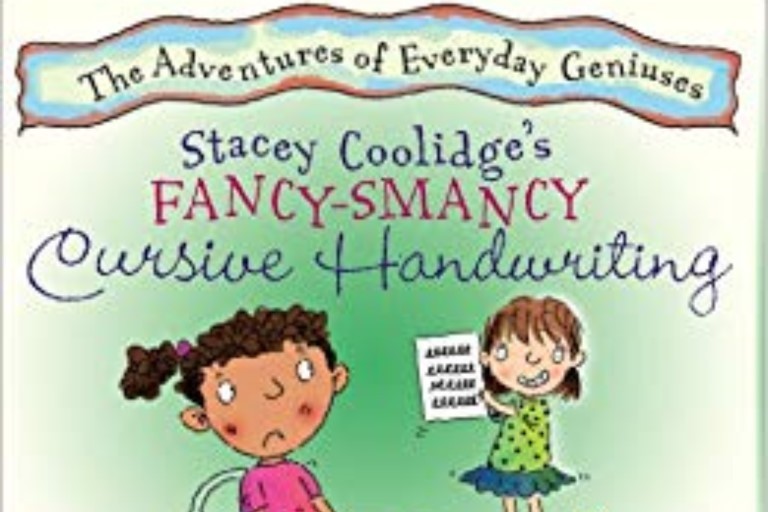
Stacey Coolidge’s Fancy-Smancy Cursive Handwriting
Barbara Esham
Second-grader Carolyn struggles to master the loops and slants of cursive handwriting and become a “Handwriting Star” like her classmate, Stacey Coolidge, whose “fancy-smancy” handwriting earns her the reward of playing with Frederick, the class hamster. Even though Carolyn tries hard and practices every day, instead of curves and slants on her paper, she ends up with smudges and holes. Her teacher, Mrs. Thompson, reassures Carolyn that her handwriting will get better and better with practice over time. She also explains that the imaginative and creative ideas Carolyn writes down are important, no matter how they are written. In the end, Carolyn’s hard work and persistence earn her the privilege of taking Frederick home with her over a long weekend. This book is one of the titles in the “The Adventures of Everyday Geniuses” empowerment book series and offers positive messages about learning differences. It teaches children to believe in their own individual efforts and to persevere towards a goal. Illustrations are lively. This book is highly recommended as a read-aloud for elementary- and intermediate-age children.
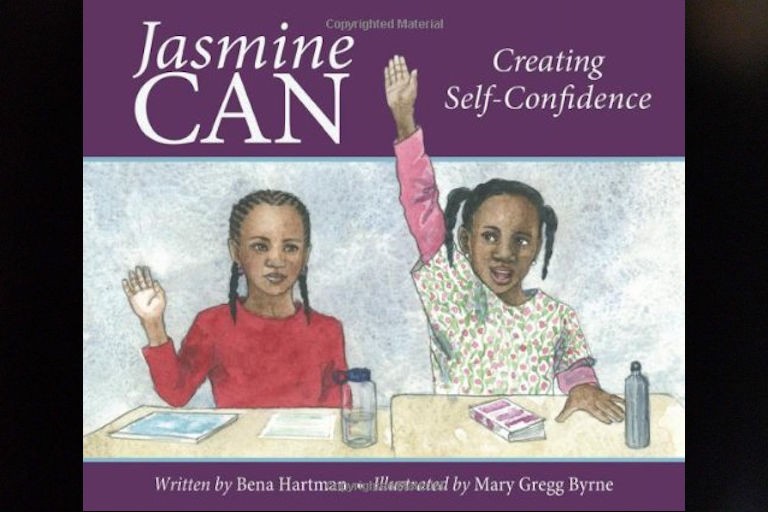
Jasmine Can: Creating Self-Confidence
Bena R. Hartman
Reading proves to be a challenge for first-grader, Jasmine. She likes reading and she wants it to be an “easy peasy” activity like it seems to be for her classmate, Chloe Brown, but it just is not. The letters and sounds get all mixed up when she tries to put them together. She is embarrassed about reading aloud in front of her classmates and she feels like a loser. So, when Jasmine’s second-grade teachers and special reading buddy, Skye, help her practice reading and writing every day, she feels encouraged. Soon, feeling confident about her abilities, Jasmine takes a chance and volunteers to read a whole storybook in front of her classmates. Building upon that successful experience, Jasmine continues to work on her goal of becoming a better reader. This book is full of affirming messages and delightful illustrations of Jasmine’s family members and her multiethnic teachers and classmates. An additional positive aspect of this book is the character of Mr. Benson, a strong and caring black male teacher. Highly recommended.
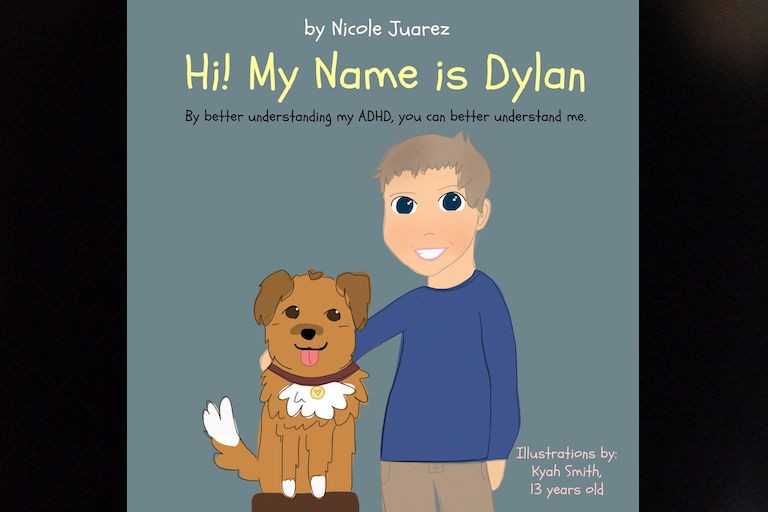
Hi! My name is Dylan: By better understanding my ADHD, you can better understand me
Nicole Juarez
Dylan is very excited to be in third grade and is already looking forward to playing basketball in fourth grade. While he is very excited, Dylan is also a bit worried about the idea that some of his new friends might not understand him. Dylan discusses the things he loves to do and what frustrates him about school and life. He also discusses how he copes with his misunderstandings, frustrations, and lack of focus. Part of the “Understanding Special Needs” series, this book’s text-heavy nature combined with mentions of concepts such as constructive criticism, kinesthetic learning style, and interactivity, suggest this book is appropriate for upper elementary or middle school students.
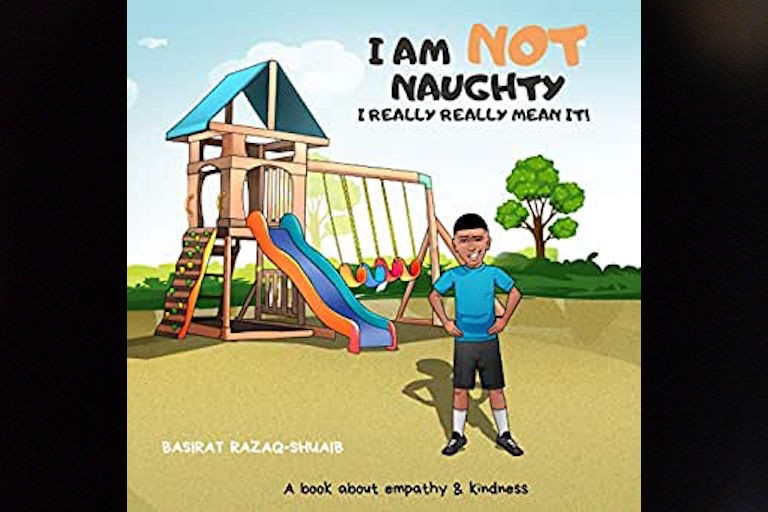
I Am Not Naughty: I Really Mean It! (Inclusion Starts with Me)
Basirat Razaq-Shuaib
Marketing Summary: "Some people forget to do good things even though they know it is good, but we can help them get better. From constantly spilling his food, to not sharing toys or giving others a chance in class, Ayo is the boy everyone gets tired of. But he claims his behavior is not his fault. How can this be? This compelling and reassuring story of a boy with ADHD will appeal to all children who occasionally feel misunderstood. The book includes positive affirmations to help all children improve their confidence and empathy."

The Kindergarten Blues
Erica Felisa Thompson
On the first day of kindergarten, Ted gets the blues. Even though he tries his best to focus and pay attention in class, he becomes distracted and gets into trouble with his teacher. Uh-oh, he thinks to himself, no smiley faces today. Why are there so many rules to follow? Will his mother be angry with him when he gets home? The story ends on a positive note when Ted’s mother tells him that she loves him unconditionally, is proud of him for trying, and reassures him that tomorrow brings another day where things will be better. While the story seems to do a good job of describing the kinds of anxious feelings a child with ADHD might have in adjusting to a school setting, neither Ted’s teacher nor his mother offer him any ideas about how to do better. Illustrations, although attention-grabbing, are comprised of a mix of computer-generated images and photographs that are inconsistent and confusing. The book’s author is the mother of a child with ADHD and the founder of a nonprofit organization for children with ADHD. Recommended for comprehensive children's literature research based on the emic perspective of author.
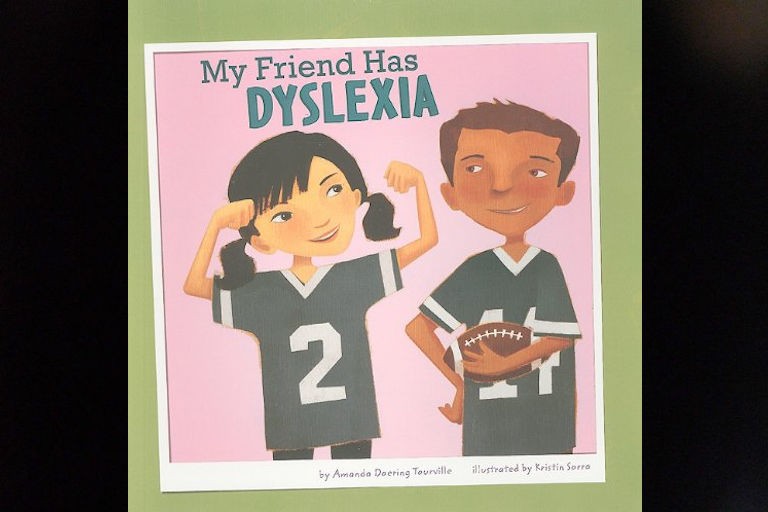
My Friend Has Dyslexia
AMANDA DOERING TOURVILLE
Anna has a learning disability known as dyslexia that makes it difficult for her to read and process written information, but Anna is good at many things and has many good qualities. She’s a whiz at science and art and shines at video games and football. She is also a caring friend, kind to animals, and a volunteer at the local community food bank. There are several positive messages in the story for children. The first is that a learning disability, like dyslexia, does not have to limit individual intelligence and achievement or detract from individual strengths and talents. The second is that girls can excel in science and sports and that they can be leaders in their communities. Throughout the text and author’s notes at the end of the book, “Did you know?” boxes provide a glossary and additional resources for those who want to learn more about dyslexia. This book is recommended with reservations because while it does a good job of providing accurate information about dyslexia and contains several positive messages, Anna’s story is told from her friend’s perspective, overshadowing her voice and agency.
Location:
